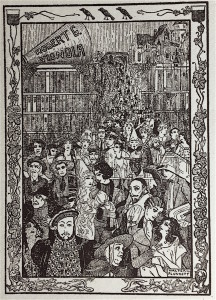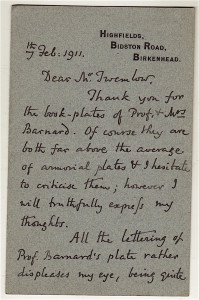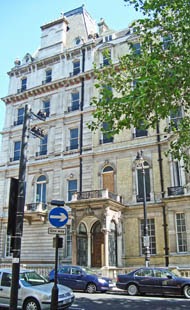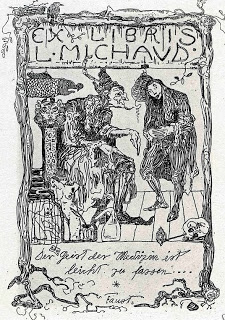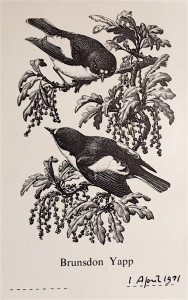 Found in The Biology of Space Travel (London, 1961)— a typed note on the biologist Brunsdon Yapp. It was dated 2005 and initially refers to Yapp’s bookplate. There is a short entry for him at Wikipedia but this fills out the existing info on this excellent human being.
Found in The Biology of Space Travel (London, 1961)— a typed note on the biologist Brunsdon Yapp. It was dated 2005 and initially refers to Yapp’s bookplate. There is a short entry for him at Wikipedia but this fills out the existing info on this excellent human being.
Brunsdon Yapp’s father came from Hereford to Bristol for the sake of his family’s education, and his two daughters went to Bristol University. William Brunsdon Yapp went to Bristol Grammar School before going to Downing. Christened William and known at home as Billy, he preferred as an undergraduate to be called Brunsdon, inviting friends to call him Brunny. Brunsdon was his mother’s maiden name, but I think his choice was dictated more by a desire to be different than by any desire to give particular credit to his mother. He read Natural Sciences, taking biological options. He went on to teach at Haileybury and Manchester Grammar before being appointed secretary to Oxford Local Examination Boards. Then he became a lecturer, subsequently a senior lecturer at Birmingham University. Service on the National Parks Commission won him the OBE. He was a member of both the Athenaeum and the RAC, the London club that is, not just the roadside motoring organisation.
‘An Introduction of Animal Physiology’ was, I fancy, the book that won him his appointment at Birmingham, and he prepared a series of revisions of Borradaile’s Manual of Elementary Zoology, a more advanced work than its title suggests. Published after his retirement, his ‘Birds in Mediaeval Manuscripts’ was a significant contribution to antiquarian studies. In 1962 Yapp’s ‘Birds and Woodlands’ was published by Oxford University Press. He regarded it his most important scientific work. The frontispiece is C. E. Tunnicliffe’s picture of ‘Cock Pied Flycatchers in Sessile Oak’, which I understand was specially commissioned. It was also used, on a green background, on the dust jacket, and Yapp later adopted it as his bookplate. I have not seen it in publications about Tunnicliffe, though I have not looked very hard. Continue reading

